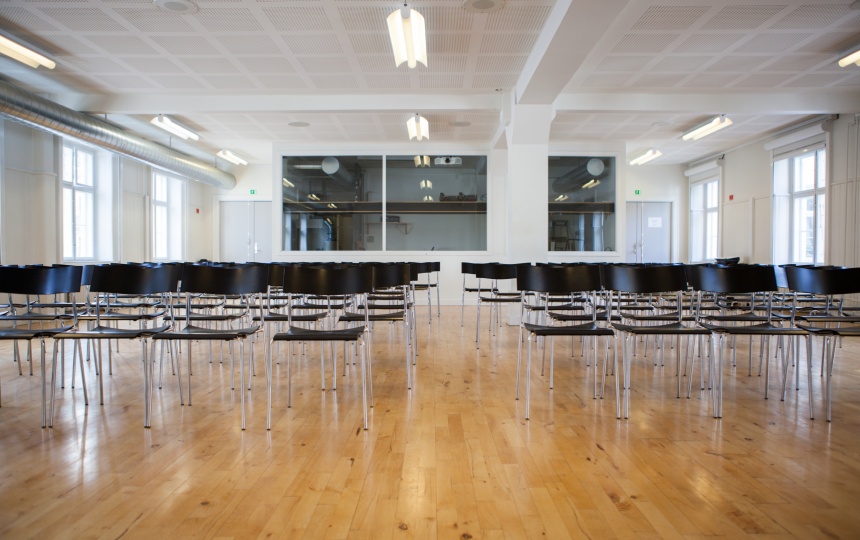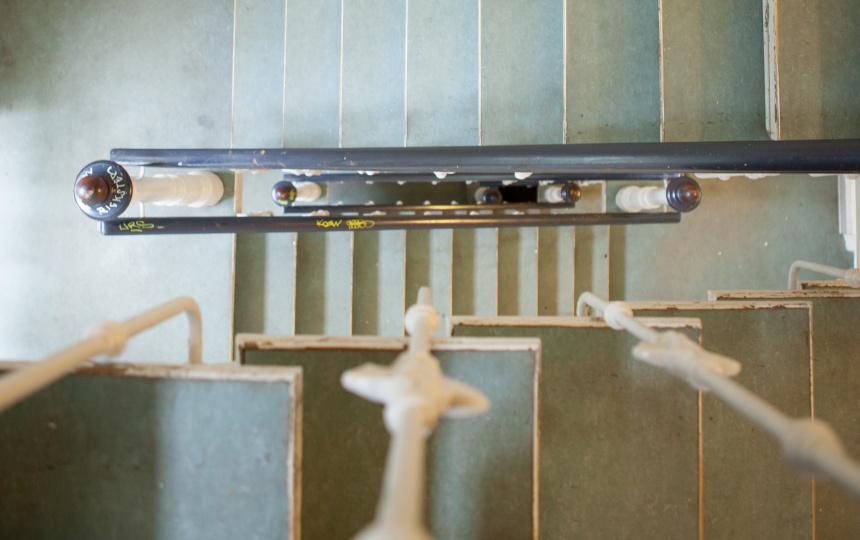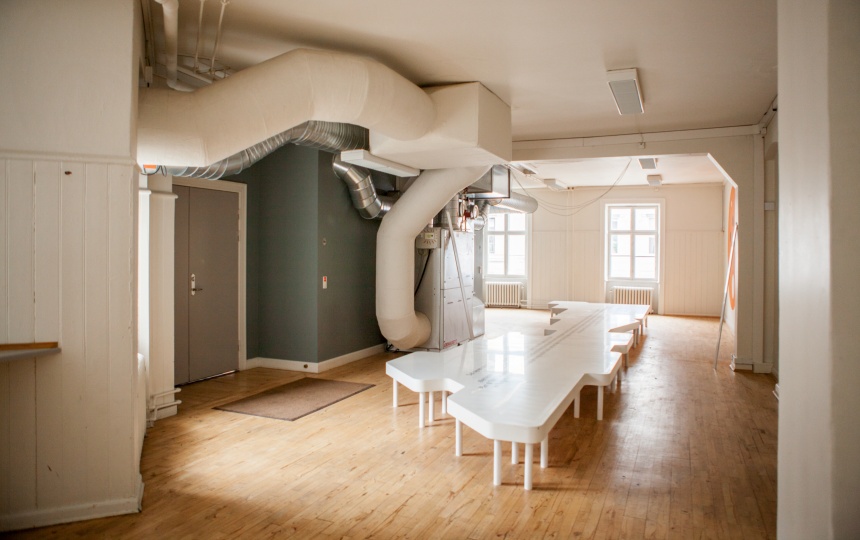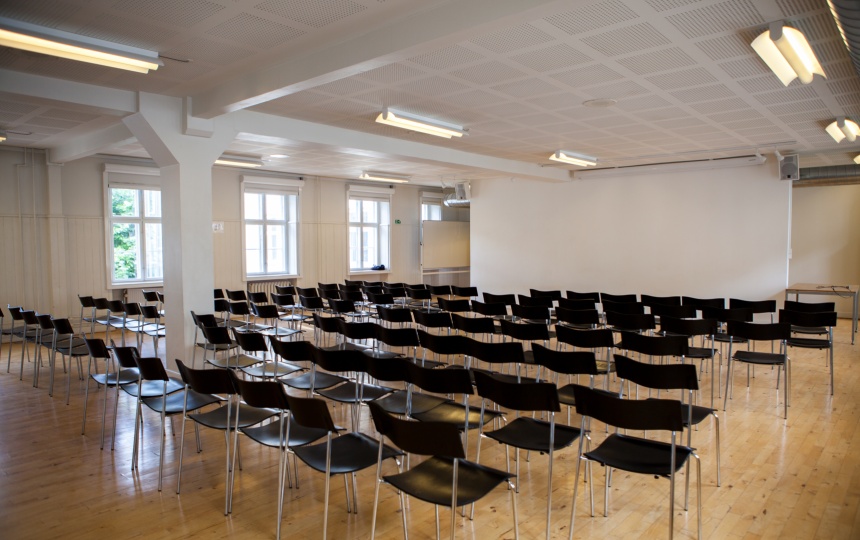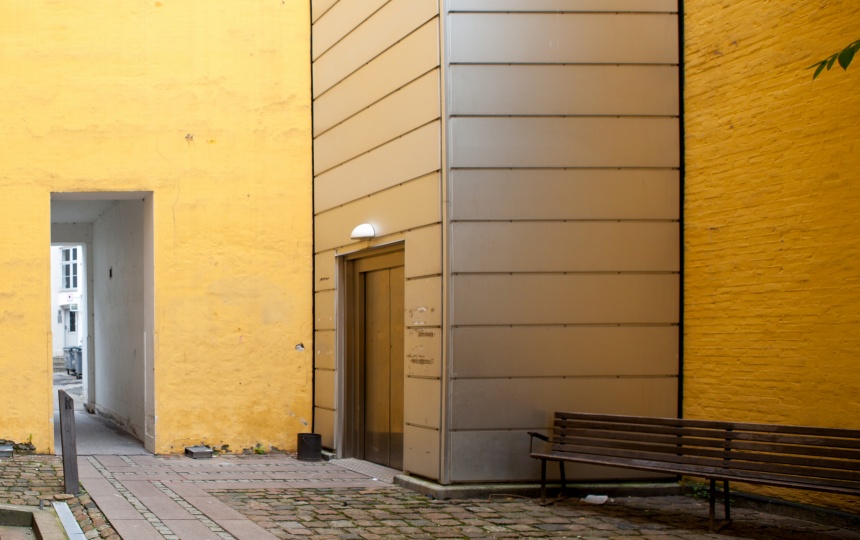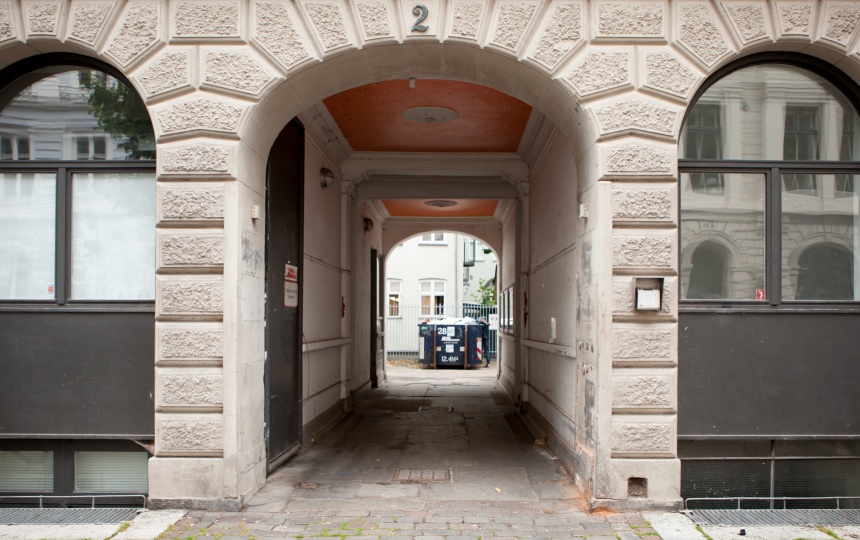The BFA programme covers many disciplines. The primary function is to enable and support students as they establish their own art practice. This will involve producing works of art in an ongoing process that encompasses individual exploration and experimentation, studies of art history and culture, and studies of various materials and media.
The BFA emphasize experimentation, study skills and research – while also challenging and expanding the students’ views of processes, working methods and use of materials. Students are introduced to a wide range of practices, media and views of art.
The teaching principles
The teaching focuses on building a vocabulary and conceptual framework that helps students navigate art theory, art history, culture, society and their own art practice. Reflecting on one’s own work – and the work done by others – is a crucial aspect of the BFA.
The BFA department caters to a total between 80 and 90 students at a time. The four regular teachers are all practising artists. The teaching methods include practice based groups as well as one-to-one sessions at the workshops; these take the form of conversations based on each student’s own production.
The BFA also offers a range of different courses on practical craftsmanship and theoretical aspects of art. They include a compulsory course on art theory and art history.
Additional courses are arranged in co-operation with the Schools of Visual Art’s laboratories; here students will be introduced to specific disciplines and media such as painting, sculpture, ceramics, video, media art, sound art and photography.
Academic regulations BFA (in English)
---
Address:
BFA-skolen
Peder Skramsgade 2B, 3. sal
1054 København K
